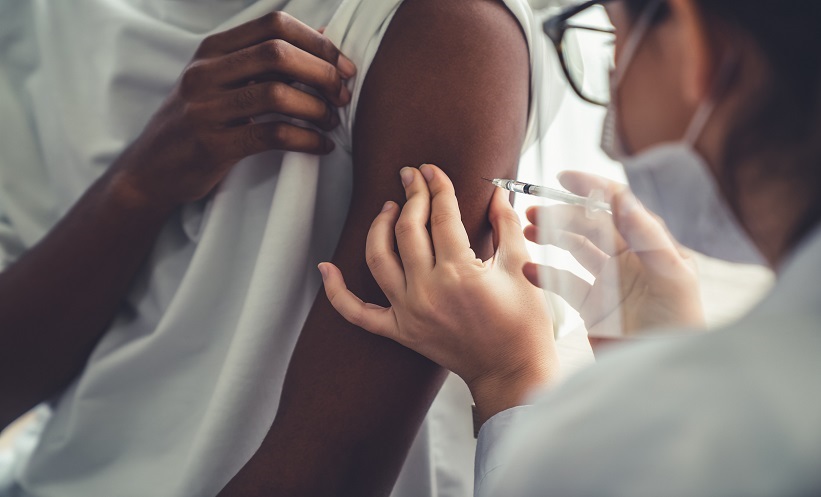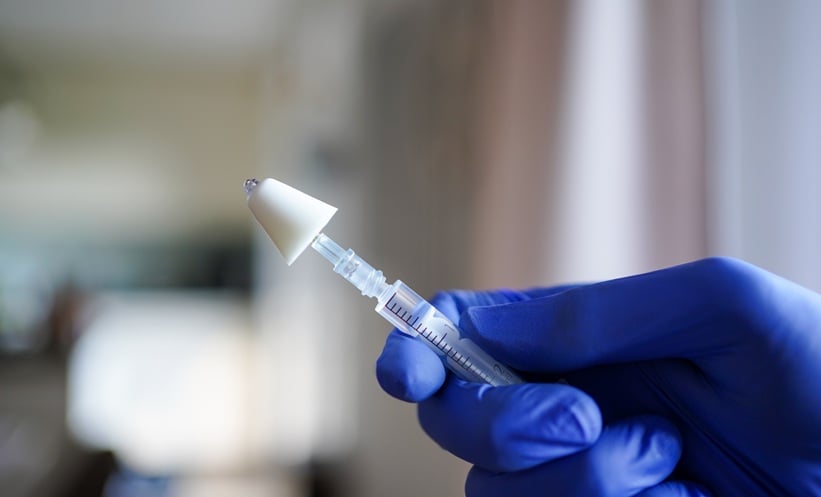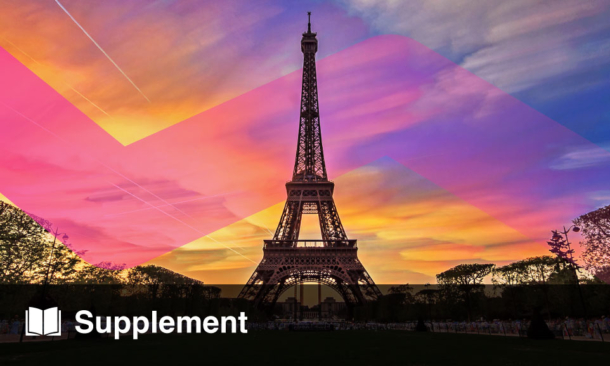VACCINATION rates in the U.S. continue to lag, and new research presented at IDWeek 2024 in Los Angeles, California, underscored the role social vulnerabilities play in access to preventive healthcare. The study explored the connection between race, socioeconomic status, and vaccination behaviors.
Researchers from the University Hospitals of Cleveland, Ogio, analyzed data from a diverse population of 341,029 patients treated for acute respiratory infections between October 2023 and April 2024. They matched patient demographics with the Social Vulnerability Index (SVI), a public health tool that ranks communities based on factors such as income, housing stability, and education levels. This dataset was used to explore how these social determinants, along with race, influence vaccination rates for influenza, COVID-19, and RSV.
Of the total population, 60% were female, and 81% were White individuals. Black individuals made up 14% of the population studied; the results showed that these people were disproportionately represented in the highest SVI quartile, with 37% living in the most vulnerable areas. In contrast, only 3.2% of Black individuals were in the least vulnerable quartile. As vulnerability increased, vaccination rates decreased, particularly among Black individuals. Across all SVI quartiles, Black patients were less likely to receive vaccines than White individuals, with the greatest gap seen in the most vulnerable areas.
In the higher SVI quartiles, emergency visits for acute respiratory infections increased, while primary care visits decreased. As the SVI quartile increased the likelihood of vaccination decreased as the, particularly among the Black group. Black individuals demonstrated the lowest odds of receiving a flu vaccine in all quartiles, and the greatest disparity was recorded in SVI Q5. The odds of receiving the SARS-CoV-2 vaccine and the RSV vaccine were also lower for Black individuals compared to White individuals in all SVI quartiles.
This new study demonstrated the need for tailored interventions to reduce disparities in vaccination rates among diverse populations given the degree to which socioeconomic vulnerability and race impact vaccination behaviors.
Reference: Albar Z et al. Social Determinants of Vaccine Uptake: The Impact of Race and Vulnerability on Influenza, SARS-CoV-2, and RSV Vaccination Rates. Abstract 371. IDWeek 2024, October 16-19, 2024.
Anaya Malik | AMJ








